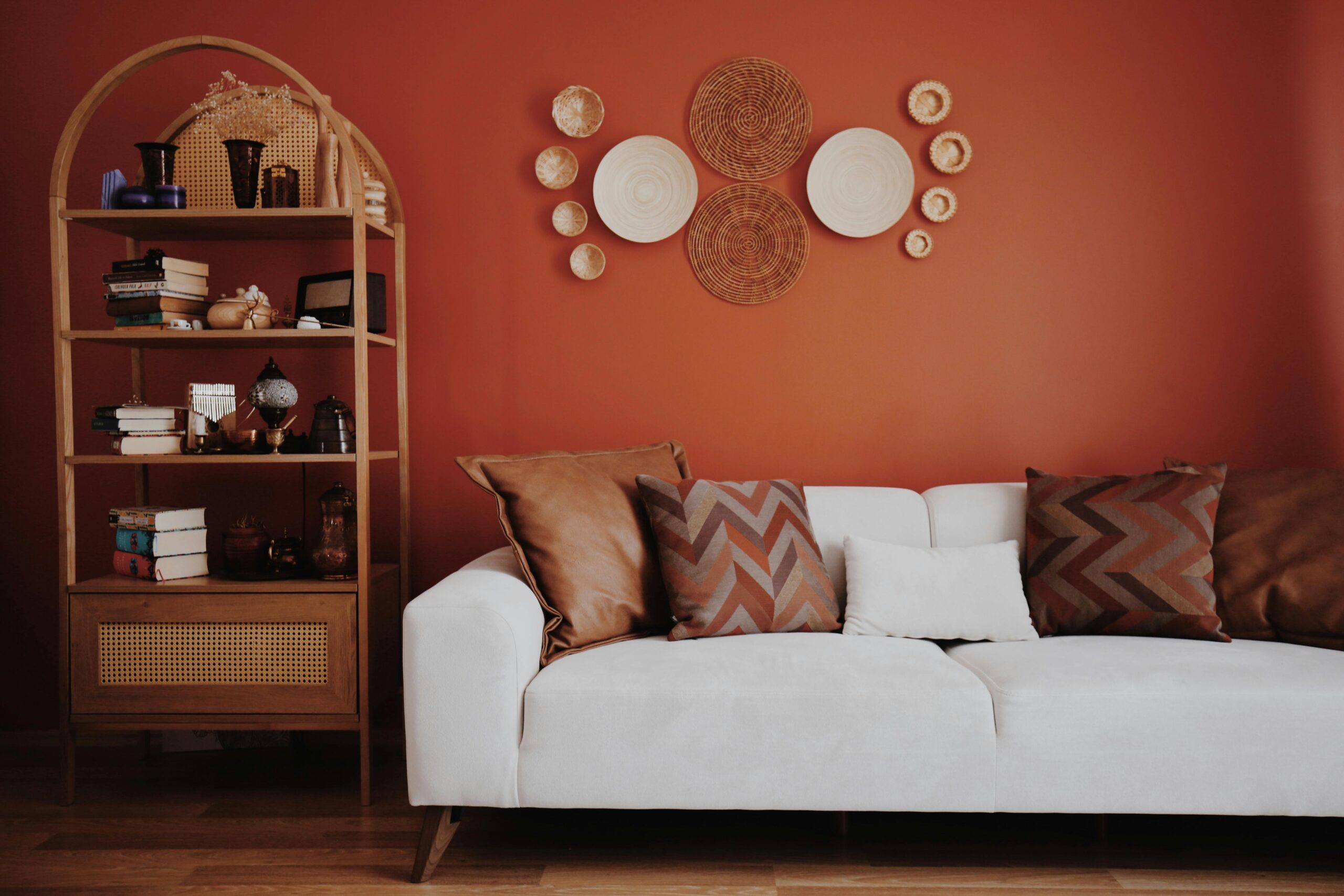You won’t be alone if you have ever used the terms Modern and Contemporary interchangeably. In a more general context, you will not be completely wrong unlesswe are discussing design styles. Modern Design is a defined historic period, while Contemporary Design refers to the current styles and trends.
Let’s break down two of the most popular styles in design, their origin, similarities, differences and key features in detail, starting with modern designs…
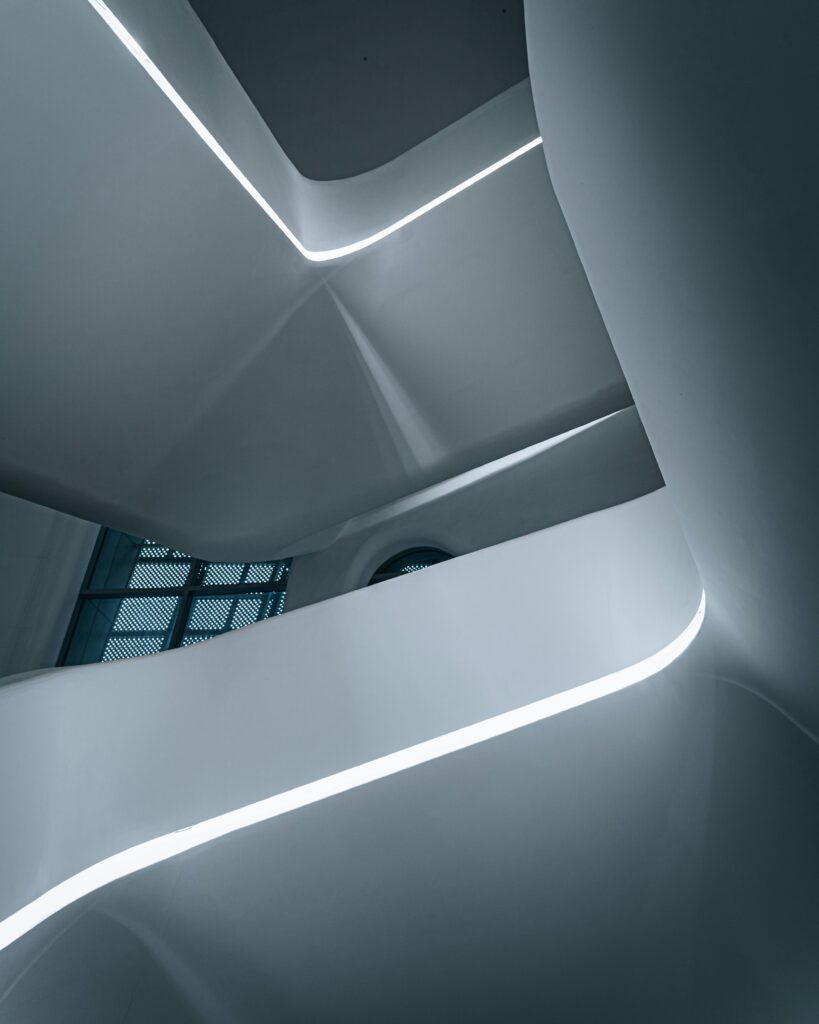
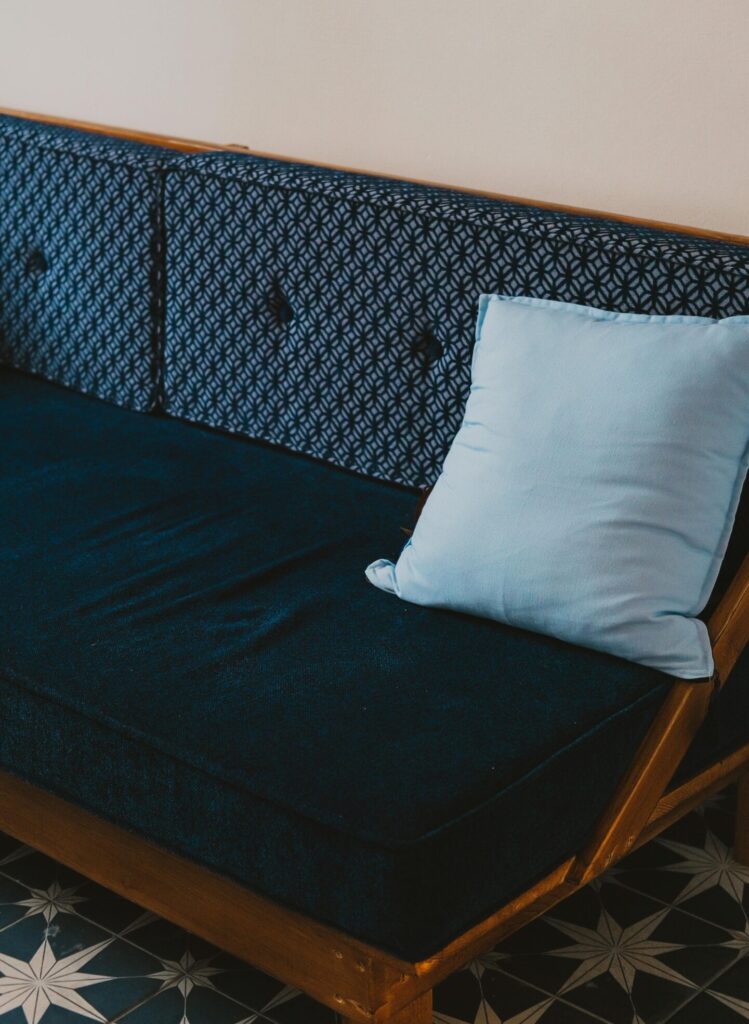
1.Defining Modern Design
This design style originated during the early-to-mid 20th century (1920s-1950s). Influenced by the Bauhaus movement in Germany and mid-century-modern, modern spaces embrace open layouts, natural materials (wood, leather, linen, etc.), and neutral color palettes like beige, muted greens, whites and browns. Usually warm, minimal and inviting, the modern style adopts a practical approach where “Form Follows Functionality”. A clean, purposeful and timeless feel is at the heart of Modern design styles.
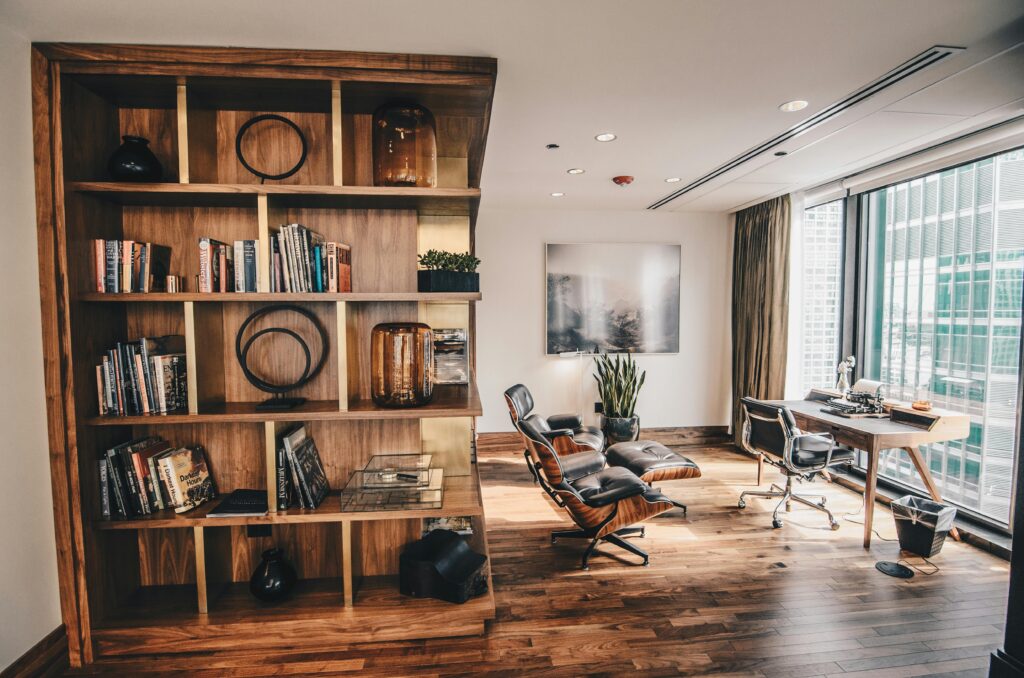
2.Defining Contemporary Design
Contemporary design on the other hand is not tied to any time period. The word ‘contemporary’ quite literally means “of the moment”. Let’s take a look at this example. Contemporary in the 1980s meant bold, asymmetrical designs with punchy colors and pastel hues. Today it represents something completely opposite. Pulling inspiration from current design trends, this style focuses on flexibility and adaptability with an experimental approach. Sleek furniture with smooth finishes are a common choice in these open, fluid and sometimes asymmetrical spaces, drenched in lots of neutrals but often with bold pops like navy, emerald, mustard, etc.
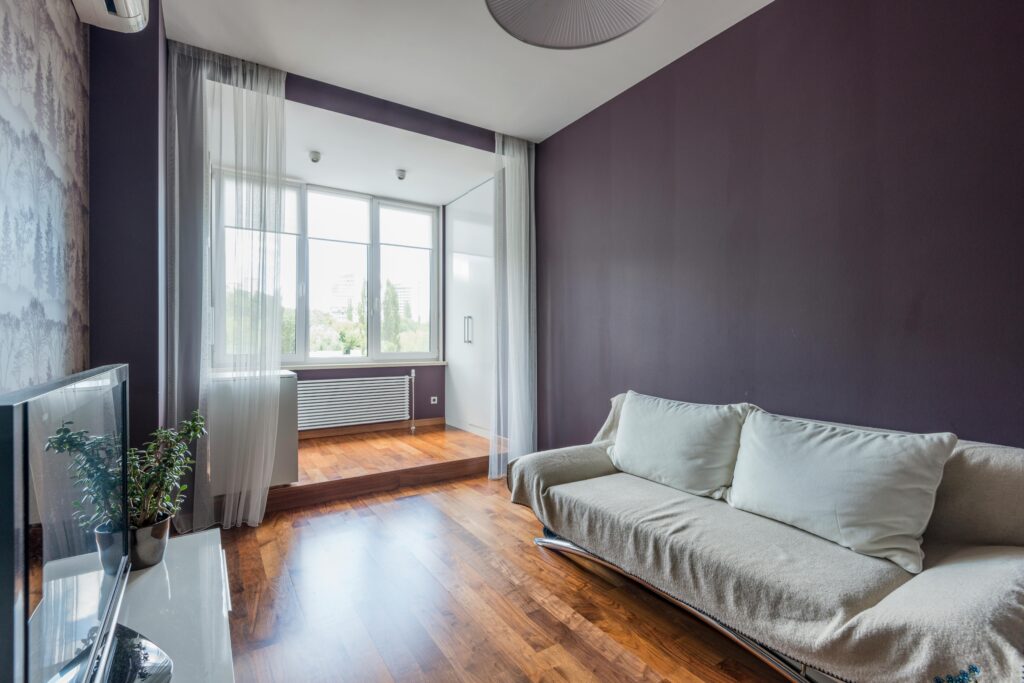
Book a free consultation now and find the right fit for yourself
3.Key Differences Between Modern and Contemporary
Now that we know what each of these design styles mean we are ready to compare them to understand the differences.
Timeframe
The modern design style is a significant historic movement that has a fixed timeframe (early to late 90s) and dynamic, while the contemporary design style is ever changing and is not fixed to any timeline. It constantly changes with time and adapts to the latest design trends.
Style
Fixed aesthetics, rooted in minimalism and functionality, can be seen in modern spaces. Contemporary spaces, on the other hand, often borrow from multiple design styles to create diverse and versatile spaces that are rooted in flexibility and adaptability.
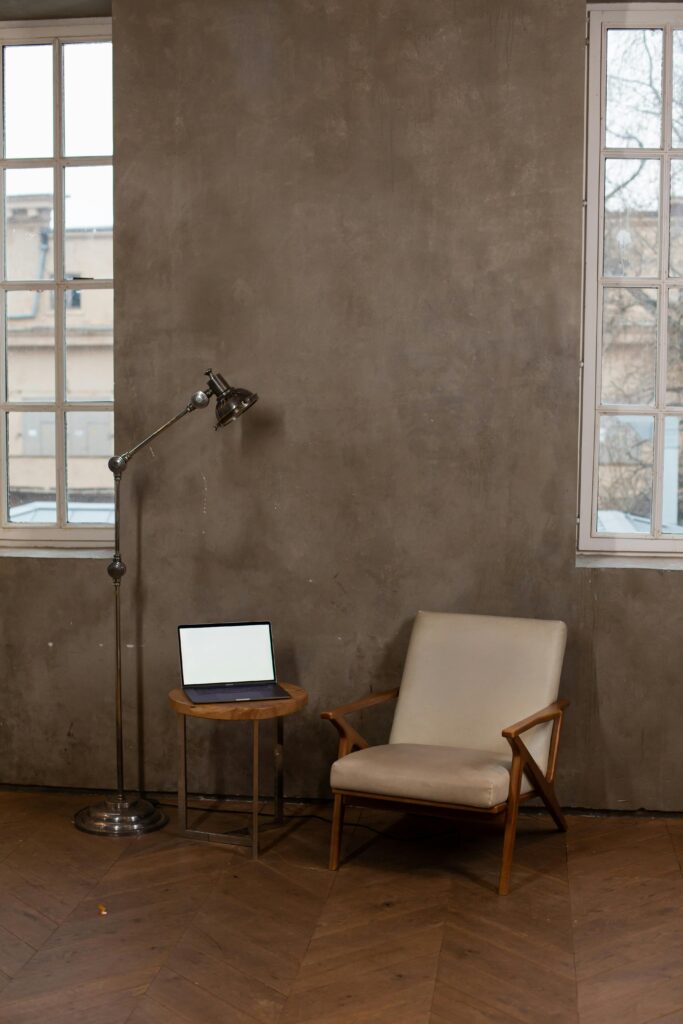
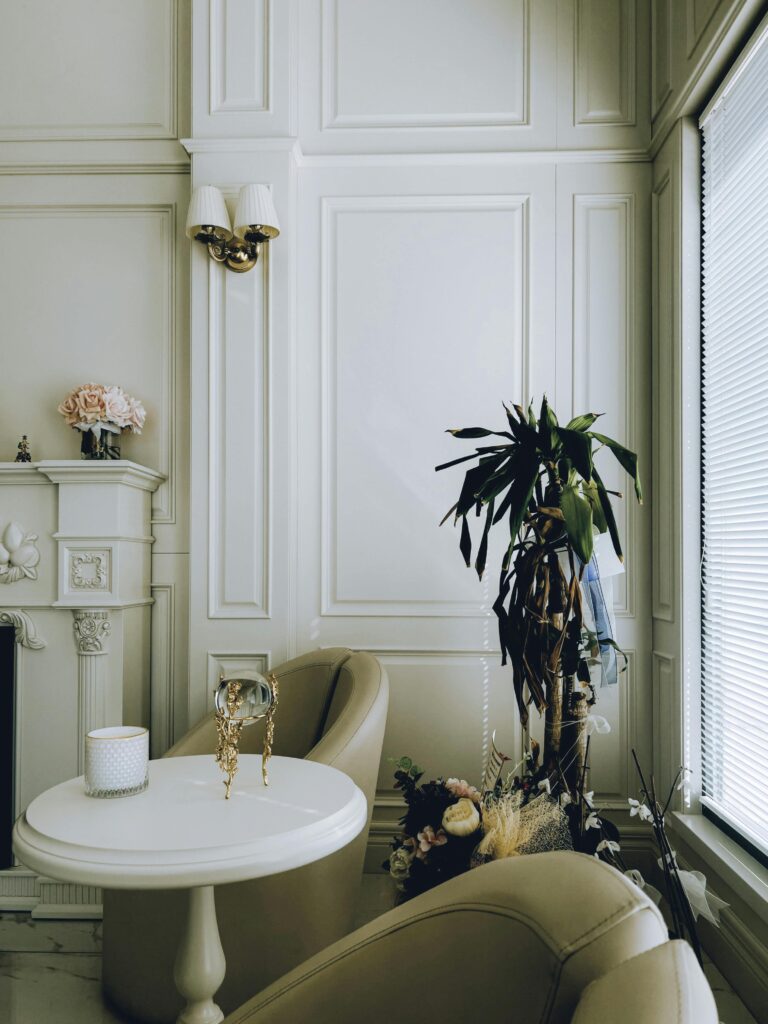
Colors
Modern designs are often confined within warm, earthy neutrals drenched in blues, muted greens, browns and beige. Contemporary designs, on the other hand, are a blend of neutral base with bold and trendy accents.
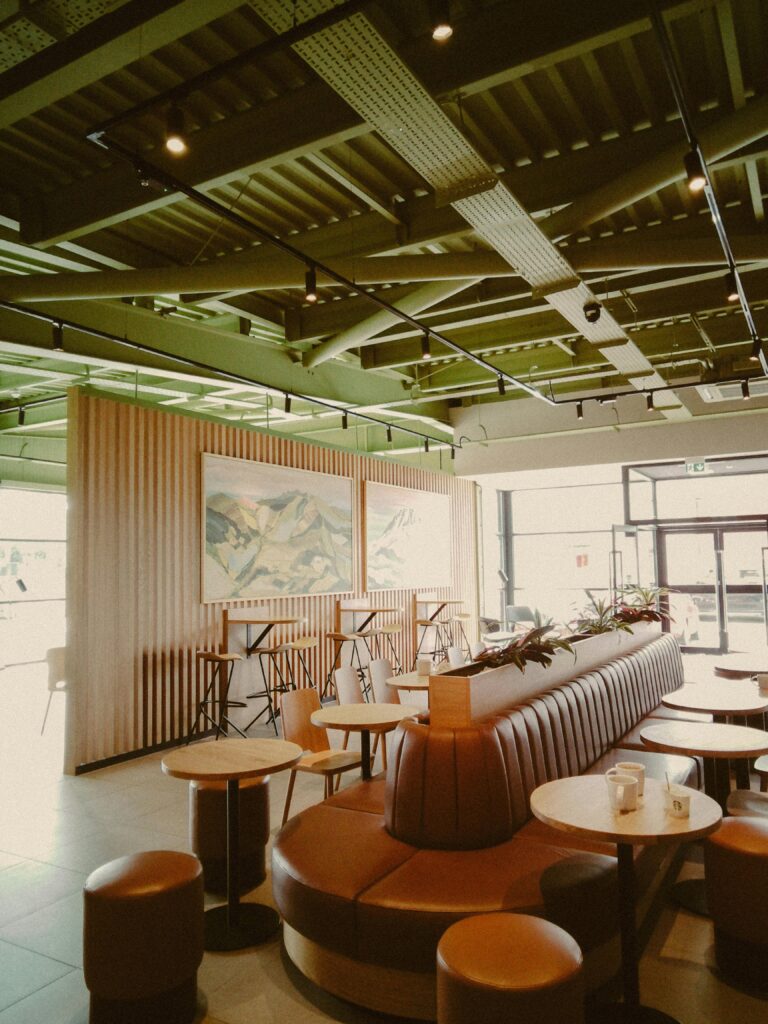
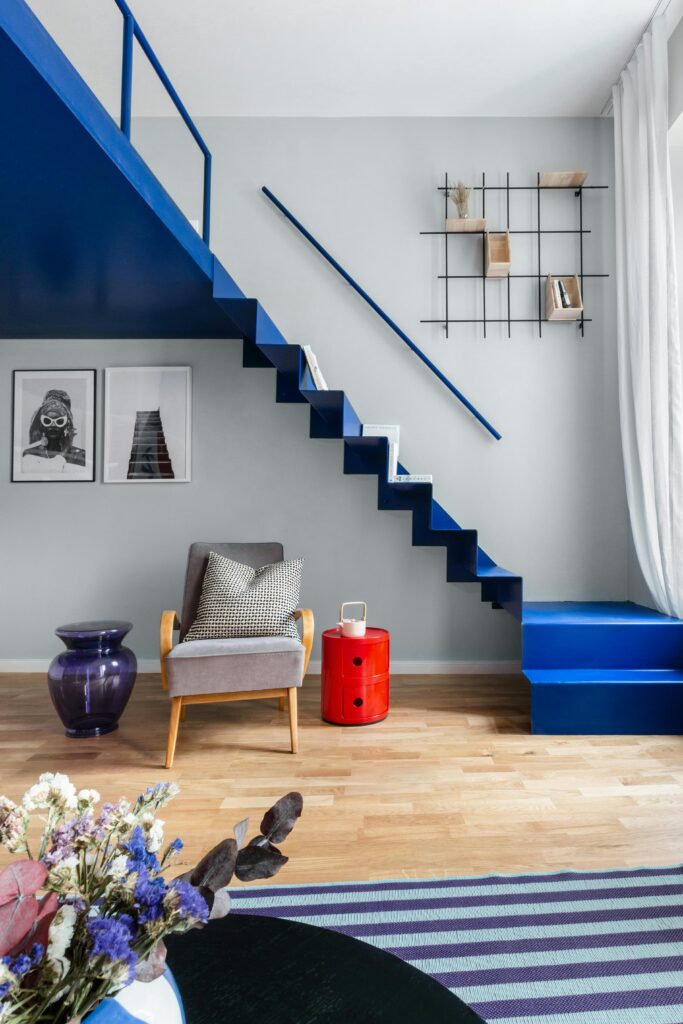
Materials
Natural materials like wood, stone, linen, leather and steel are common materials for building modern spaces. Contemporary brings in innovative and eco-friendly materials like glass, chrome, concrete, etc into the picture along with natural materials.
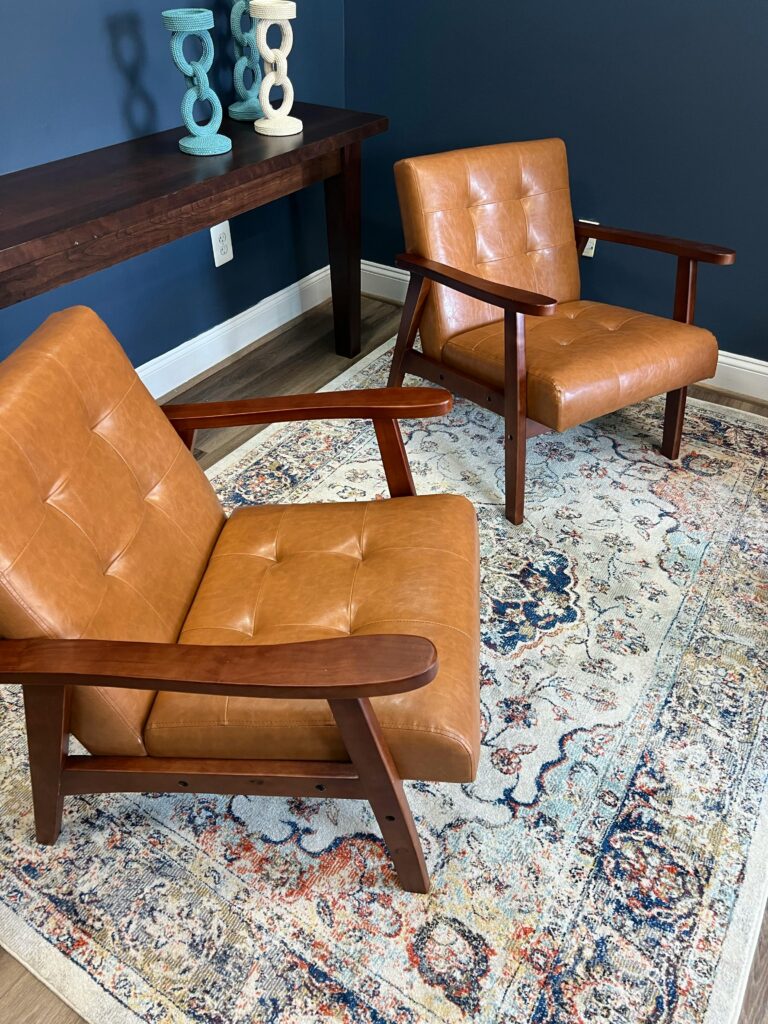
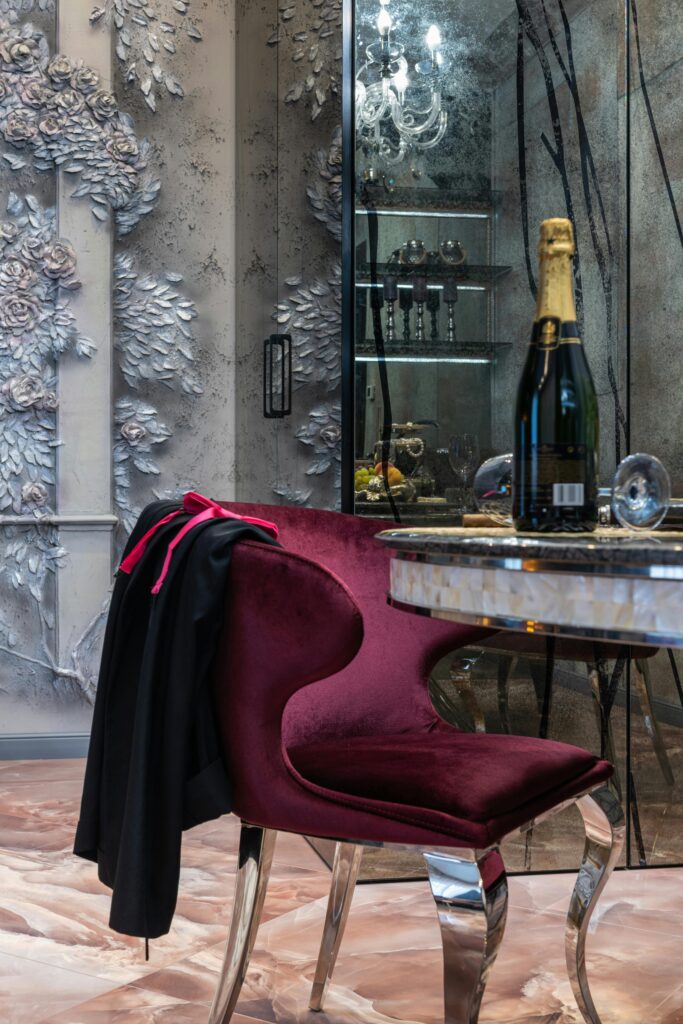
Furniture
The choice of furniture is usually functional, minimal and purposeful with little to no tolerance for excess when it comes to modern furniture, while sleek, smooth lines with softer edges are used in contemporary furniture along with occasional inclusion of bold statement pieces.
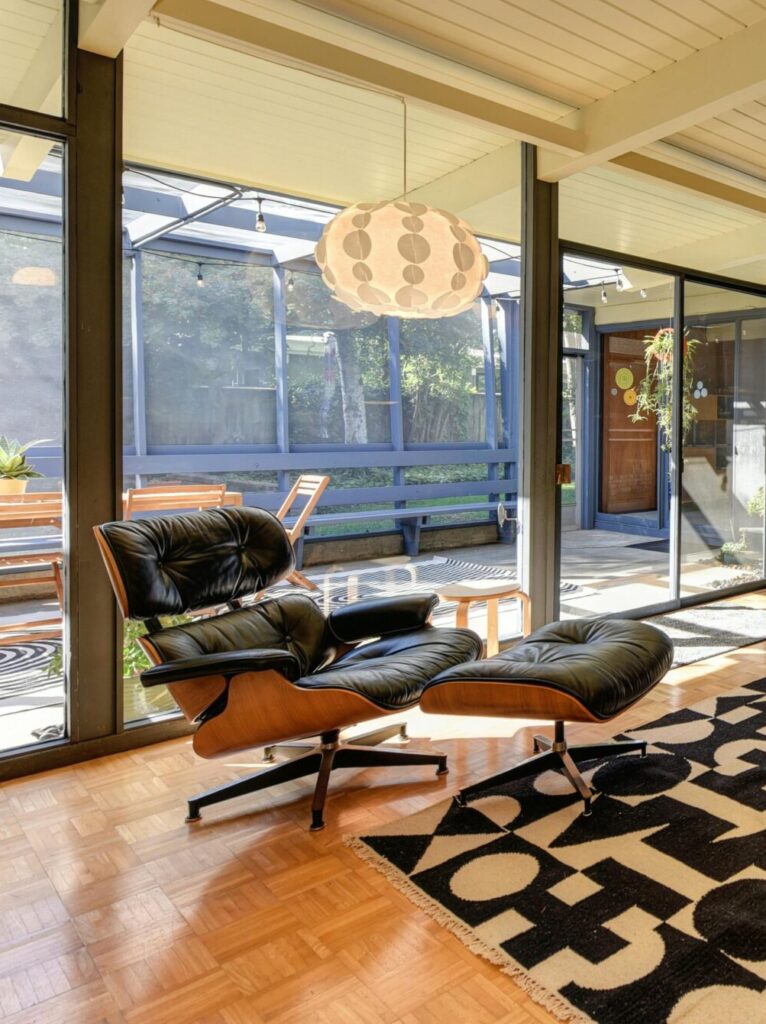
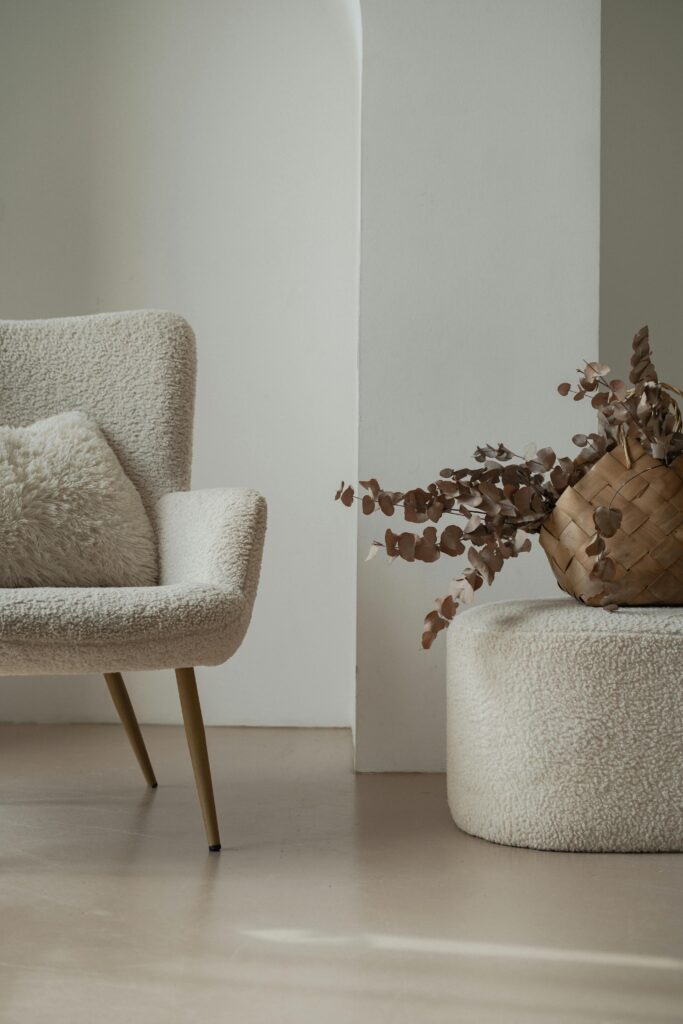
Feel
Modern feels are usually warm and structured with a sense of timelessness to it, unlike contemporary, which gives a sleek and fresh feel while embracing experimentation.

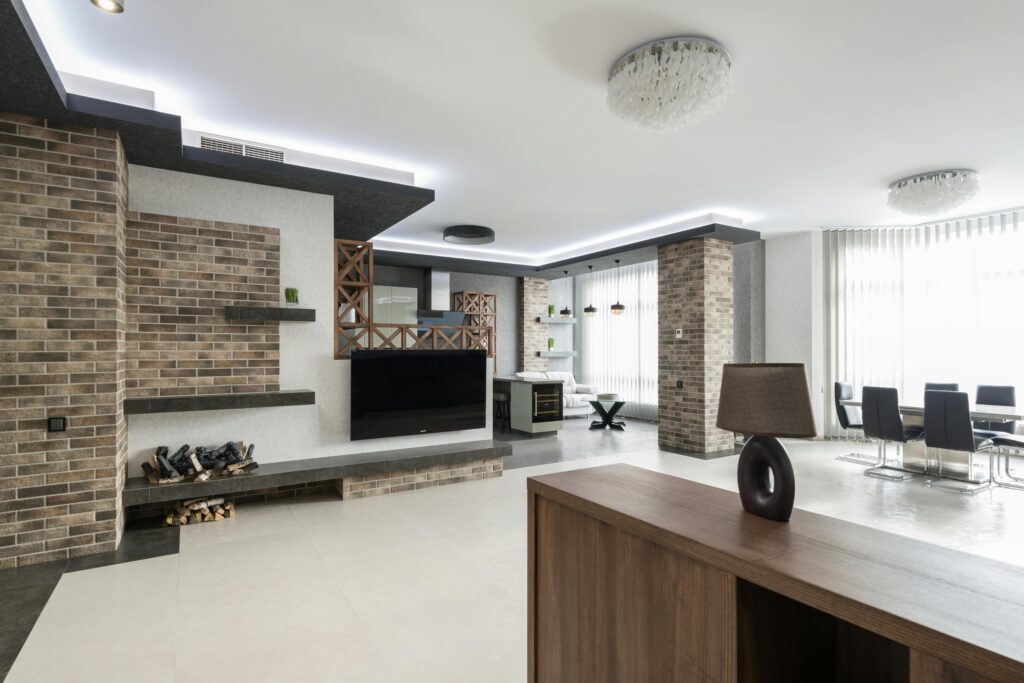
4.Where do they Overlap?
Though these design styles both have their differences they have their unique similarities too. For instance, both the popular design styles lean in towards uncluttered spaces curated using clean lines, avoiding heavy ornamentation. Open floor plans allowing lots of natural light and seamless flow are a common theme, fabricating calm and welcoming atmospheres.
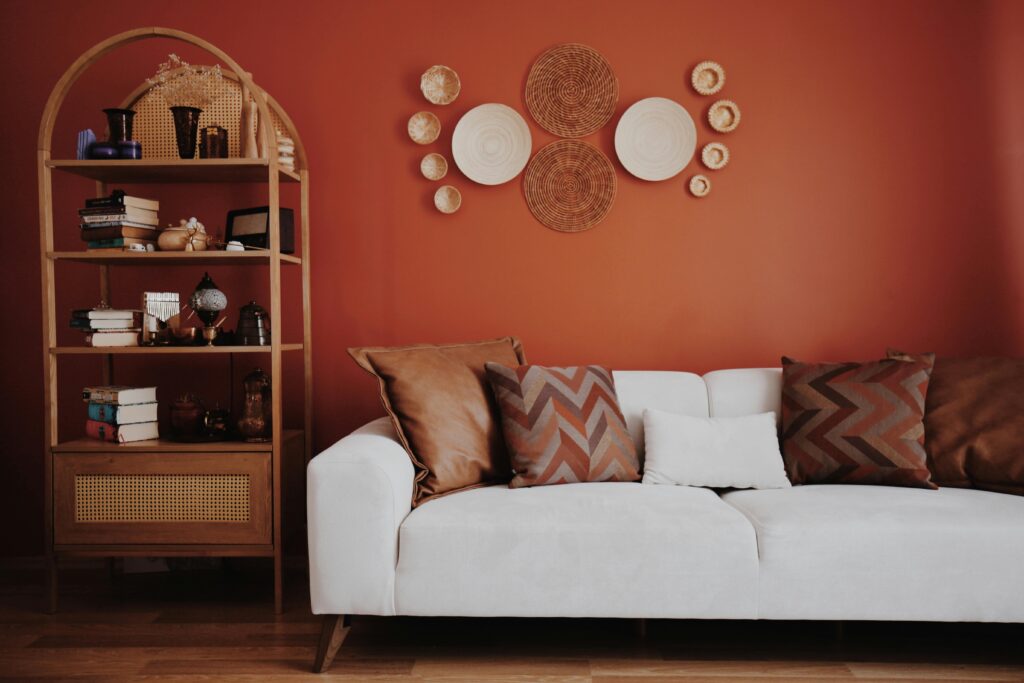
5.Choosing Between the Two
Both styles bring their unique features to the table when it comes to elevating interior spaces. The choice actually depends on who you are and what you want your home to radiate. If you are someone who prefers structure and timeless designs, Modern Design Style might be your go to option. But if you are someone who is eco-conscious, free spirited and doesn’t care much about predefined structures, contemporary might be your calling.
Those are not your only options though. If still not satisfied with any of the designs, you can always try mixing the two. Blending contemporary lighting fixtures with modern furniture, or introducing subtle pops of colors and textures within a modern color palette.
6.Conclusion
Let us take a look back and see what we learned in this article.
- Modern and contemporary are two different design styles even though these words are often used interchangeably.
- They share similarities but differ in their time period, aesthetic approach, and flexibility.
- The choice between modern or aesthetic depends on your personality, lifestyle and individual preferences.
- If any one particular design style does not appeal to you, you can always mix and blend the two design styles to create something unique for your needs.
Still confused, which style fits your needs the best?
Book a free consultation now and talk to our expert designers. You can also follow us on instagram to get regular design updates and inspiration.

